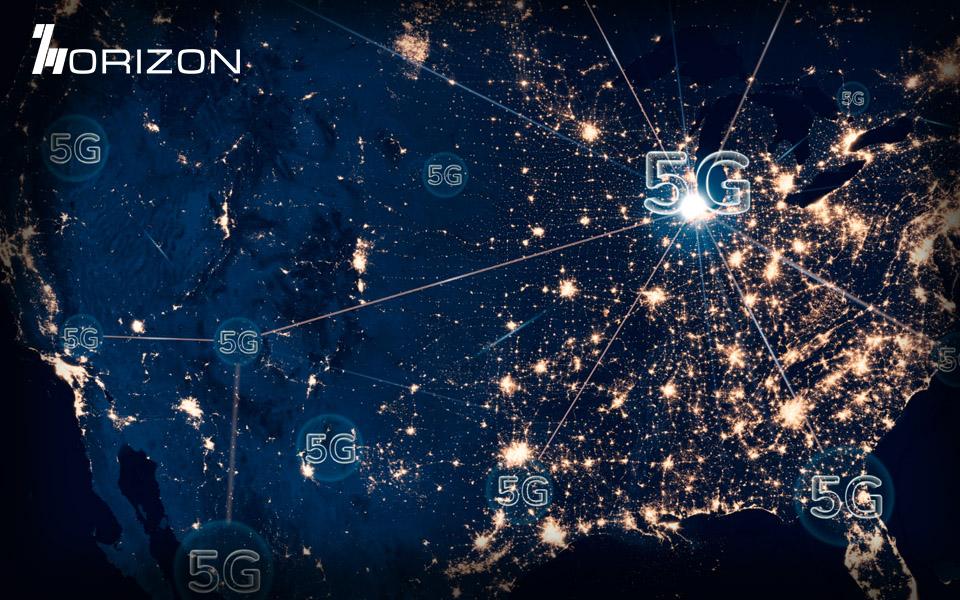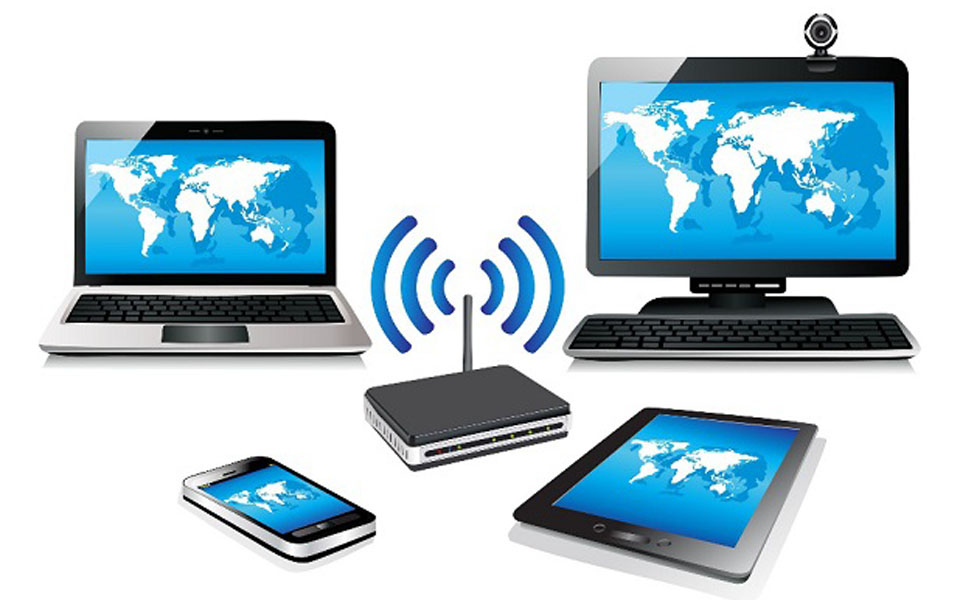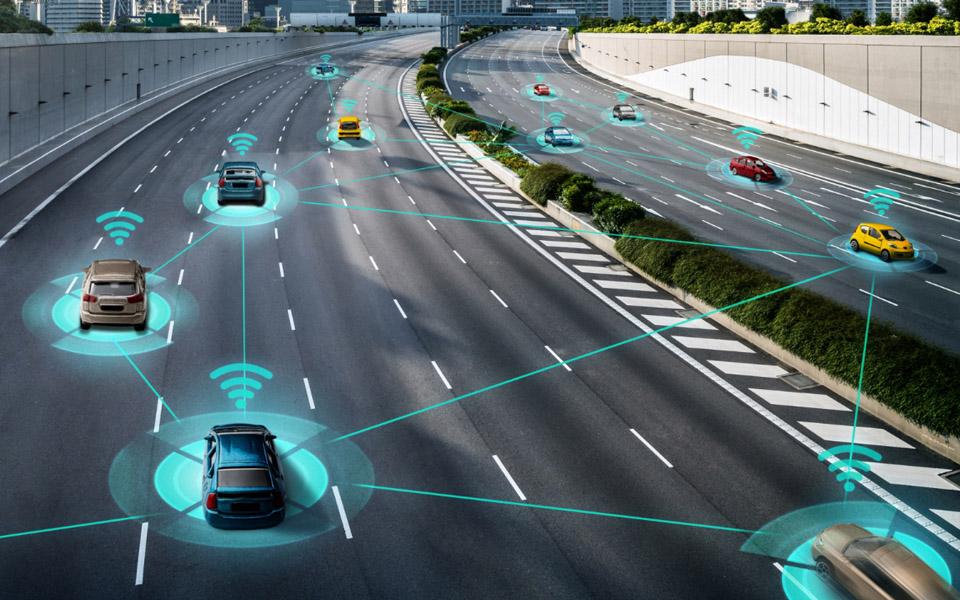5G Future Infrastructure Market Trends and Forecast for 2024-2028
The 5G infrastructure industry, a dynamic force propelling the evolution of wireless communication, has experienced extraordinary growth during the study period from 2023 to 2028. This article delves into the key trends, driving forces, challenges, and prospects that define the landscape of the 5G infrastructure market.

Market Growth Trajectory: A Striking Ascendancy
In 2023, the 5G infrastructure market reached a remarkable size of US$6.69 billion, foreshadowing an era of exponential expansion. Fast forward to 2028, and the market is projected to soar to an astounding US$46.78 billion, showcasing a noteworthy compound annual growth rate (CAGR) of 47.51%. This robust growth is a testament to the insatiable demand for enhanced connectivity and the relentless pursuit of innovation by industry players.
Factors Driving Growth
Several pivotal factors fuel the upward trajectory of the 5G infrastructure market, serving as catalysts for its rapid expansion:
1. Demand for High-Speed Connectivity
The primary driver behind the surge in the 5G infrastructure market is the insatiable appetite for high-speed internet and seamless connectivity. From streaming high-definition content to powering smart cities, 5G addresses the need for faster and more reliable networks.
2. IoT Proliferation
The Internet of Things (IoT) has permeated various facets of daily life and industries. 5G’s low latency and increased capacity are instrumental in supporting the vast network of interconnected devices, from smart homes to industrial IoT applications.
3. Industry 4.0 Revolution
As industries embark on the Industry 4.0 journey, 5G infrastructure emerges as a linchpin. The technology’s ability to support massive machine-to-machine communication and enable real-time data processing is pivotal for smart manufacturing and automation.
Market Restraints: Overcoming Hurdles on the Path to Progress
While the 5G infrastructure market enjoys a meteoric rise, it is not immune to challenges that may impede its growth:
1. Infrastructure Investment
The implementation of 5G networks demands significant infrastructure expenditure. The rollout of new hardware, including small cells and antennas, demands substantial capital, posing a challenge for widespread adoption.
2. Spectrum Allocation
The allocation of suitable spectrum bands is crucial for optimal 5G performance. Regulatory challenges and spectrum availability issues in certain regions may hinder the seamless rollout of 5G networks.
3. Security Concerns
The increased complexity of 5G networks brings forth new security challenges. Safeguarding against potential cyber threats and ensuring the integrity of data transmission become critical considerations.
Key Use-Cases Driving Future Growth
The proliferation of 5G infrastructure is not merely a technological leap; it’s a transformative force driving a myriad of use cases that will shape the future of connectivity.
1. Enhanced Mobile Broadband (eMBB)
5G’s promise of faster data speeds and lower latency translates into a superior mobile broadband experience. Consumers can enjoy ultra-high-definition streaming, virtual reality applications, and immersive gaming on the go.
2. IoT and Smart Cities
The deployment of 5G networks is a linchpin for the proliferation of IoT devices and the realization of smart cities. From connected traffic management systems to intelligent energy grids, 5G facilitates the seamless integration of smart technologies.
3. Industry 4.0 and Smart Manufacturing
In the realm of Industry 4.0, 5G plays a pivotal role in enabling smart manufacturing processes. Real-time data analytics, remote monitoring, and precision control are among the capabilities that drive efficiency and innovation in manufacturing.
4. Telemedicine and Remote Healthcare
The healthcare sector benefits immensely from 5G’s low latency and high bandwidth. Telemedicine services, remote patient monitoring, and the transmission of large medical datasets become more accessible, revolutionizing healthcare delivery.
5. Autonomous Vehicles
The evolution of autonomous vehicles hinges on robust and low-latency communication networks. 5G infrastructure provides the connectivity backbone necessary for safe and efficient communication between vehicles and infrastructure.
Future of the 5G Infrastructure Industry
The future of the 5G infrastructure market holds the promise of widespread connectivity improvements, technological advancements, and new applications that will impact various aspects of our daily lives.
Increasing Device Adoption
One key factor shaping the future is the increasing use of 5G devices and the Internet of Things (IoT). This implies more smart devices working together seamlessly, offering faster speeds and very little delay in data transmission. This trend will impact various industries and improve how we interact with technology.
Transformation of Network Architectures
Another significant trend is the transformation of network architectures, including the adoption of Open Radio Access Network (O-RAN) and virtualization. These changes will make networks more flexible and scalable, allowing operators to optimize resources and introduce new services faster.
Industry-Specific Advancements
Industries such as healthcare, manufacturing, and autonomous vehicles will benefit greatly from 5G. The speed and reliability of 5G networks will enable real-time applications, leading to advancements in remote healthcare, smart manufacturing processes, and self-driving vehicles.
Conclusion
In summary, the 5G infrastructure market’s future holds the promise of widespread connectivity improvements, technological advancements, and new applications that will impact various aspects of our daily lives. As the industry hurtles towards 2028, the projected market size of US$46.78 billion is a testament to the transformative impact of 5G technology. Navigating through drivers, restraints, and key use cases, the 5G infrastructure industry stands poised to redefine how we connect, communicate, and collaborate in the coming years.








